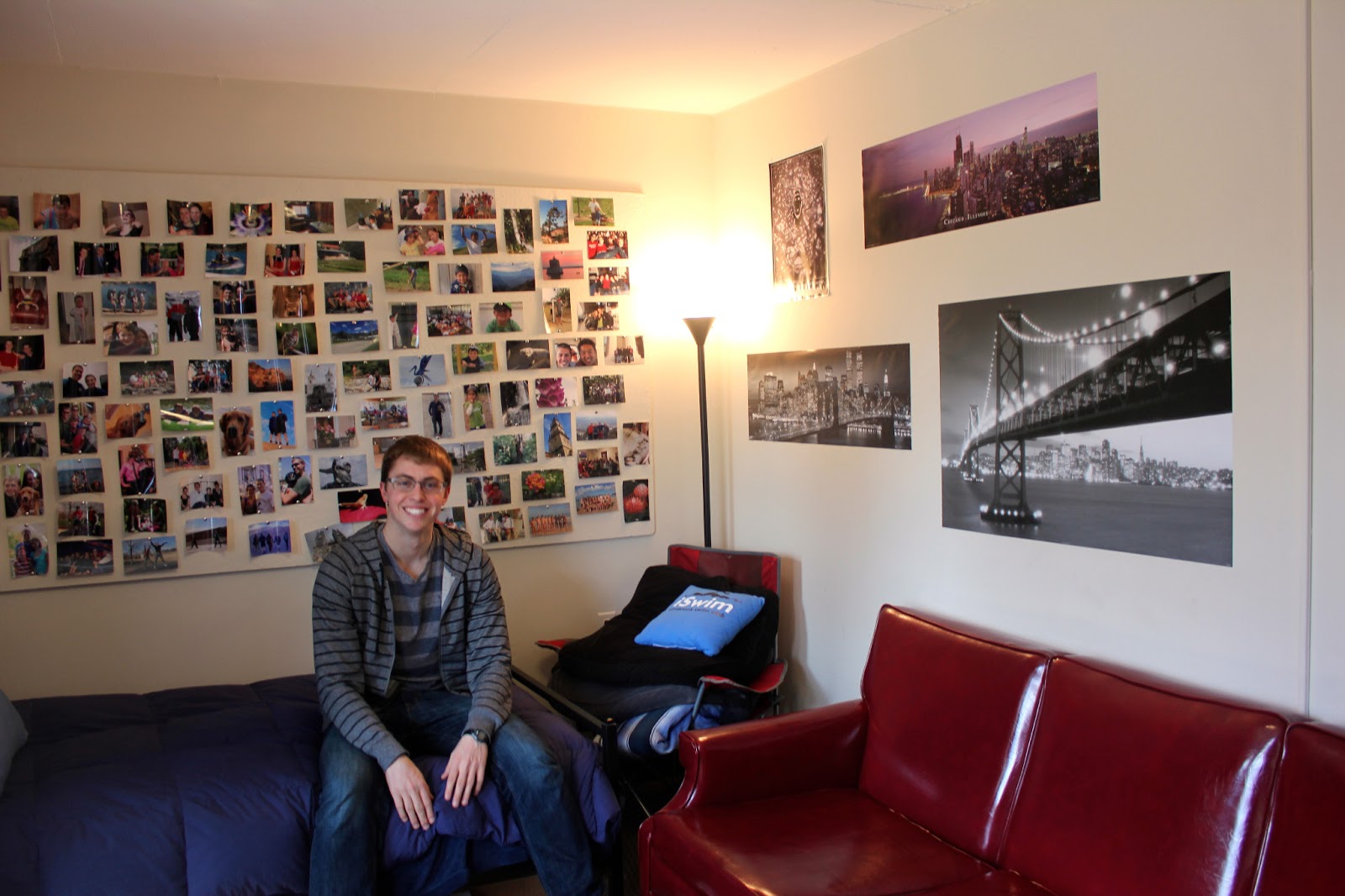Full disclosure: my husband Peter is a Tufts alum and a
member of the a cappella group the Beezlebubs, so our impressions of Tufts are
already biased. . .
We visited Tufts on Good Friday when many Boston area
schools were on holiday, so there were a record number of visitors attending
the admissions session (over 1500 in one day!) The admissions officer gave a
non-traditional presentation, asking the audience to solve engineering problems
and emphasizing the many kinds of diversity at the University that help create
a lively and inter-disciplinary learning environment. The underlying message that came across was
that Tufts is a place where it’s “cool to be smart”: in other words,
intellectual curiosity thrives but students also like to have fun.
 |
| Abby, Lily, Sami and Rebecca visiting Tufts |
Our tour guide took us around campus highlighting both
Tufts’ academic and social advantages such as: a nicely renovated library,
great IR major with access to the Fletcher School of Law and Diplomacy, a
suburban campus with easy access to Boston, an “experimental” college where
visiting professors and even students teach unusual courses on topics like the
physics of race car driving, and a whole host of campus traditions like
painting the cannon to announce events.
 |
| Tufts' painted cannon |
Harvard, only two stops away on the red line of the T, and
the most prestigious and selective of all the Ivies, has a very different
feel. Because it’s in the middle of
Cambridge, the campus overall is more bustling and busy. It also feels
intense. We took a “private” tour with
my nephew Jonathan who is a sophomore science major. He explained to us some of Harvard’s quirky
history and traditions: Eleanor Elkins, the donor who established Widener
library for instance, decreed that ice cream must be served at every campus
dining hall for which the library will pay.
Consequently, Jonathan told us, you can even eat ice cream for breakfast
at Harvard. He showed us around the
impressive facilities, including the Hogwarts-style freshman dining hall and
the freshman dorms in the Yard, the giant science complex, and a new arts
building.
 |
| Harvard's freshman dining hall |
Jonathan told us about the upper level research he’s doing
already as a sophomore and how he enrolled in a course that has nine
pre-requisites. Harvard is clearly not
for the faint hearted. Still, like all
the colleges and universities we visited this past week, it’s a place where students
can combine a life of rich academic exploration with a rewarding and enjoyable
social life.
 |
| Jonathan in his dorm room, part of a 5 person suite |
Overall, we visited ten campuses in a week’s time, a rather
whirwind tour of New England. I think Lily
got a good picture of different types of schools and programs, from large
universities to small liberal arts colleges, from urban to rural to
suburban. She will now sort through her
impressions and work on creating a short list of schools she will actually
apply to. This will also include schools
from California, of course, as well as perhaps some schools she won’t have a
chance to visit before applying to—in the northwest and Midwest.
*Answer to the Seven Sisters question: The Seven Sisters are Barnard, Bryn Mawyr, Mount Holyoke, Radcliffe, Smith, Vassar, and Wellesley. All were founded between 1837 and 1889.
*Answer to the Seven Sisters question: The Seven Sisters are Barnard, Bryn Mawyr, Mount Holyoke, Radcliffe, Smith, Vassar, and Wellesley. All were founded between 1837 and 1889.
great picture of the four of us!!
ReplyDelete